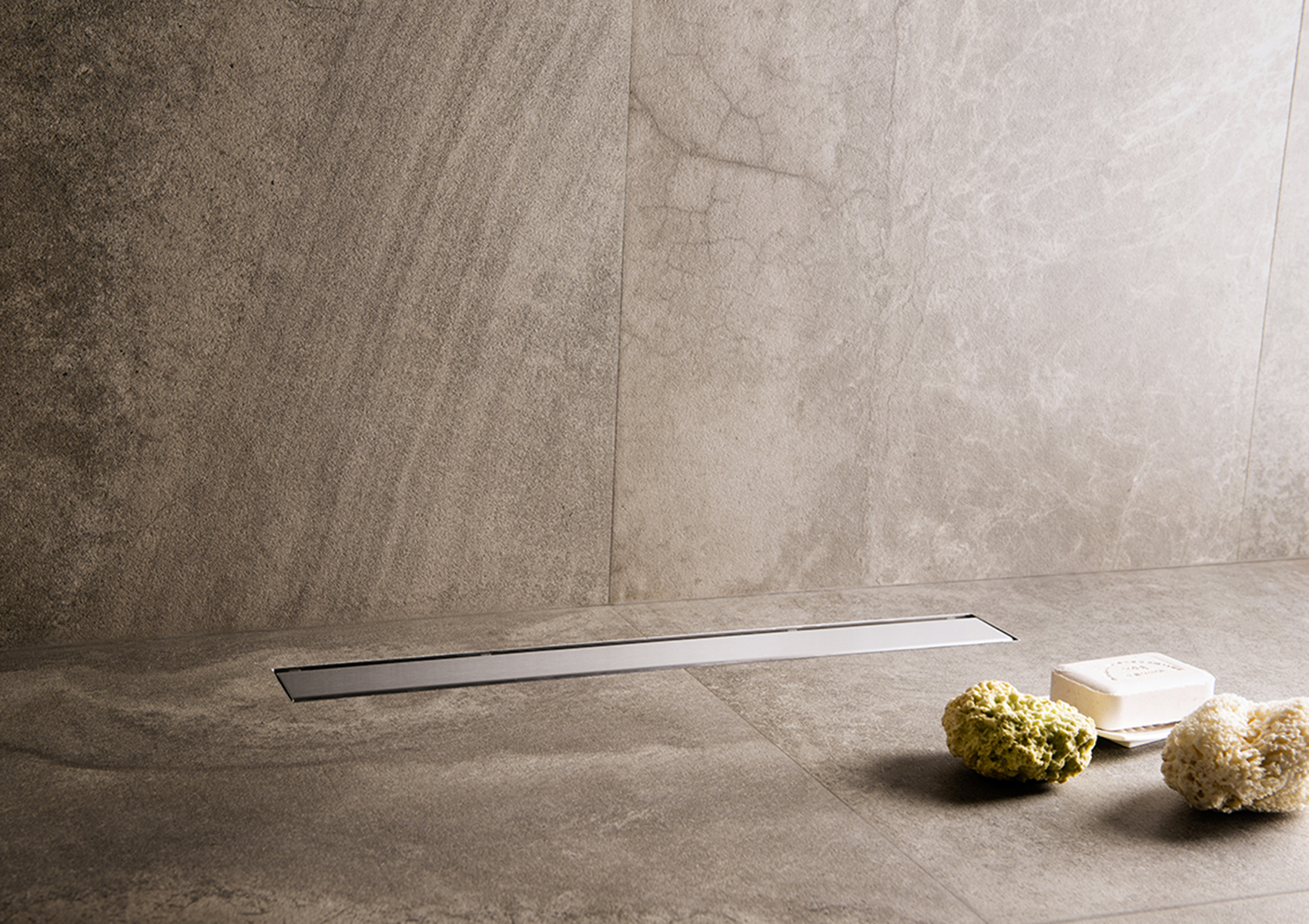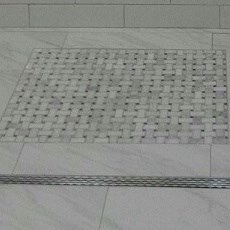Nearly everybody maintains their personal perception with regards to Simple Steps for Installing a Shower Base.

Upgrading a restroom is just one of the more prominent house renovation projects. Managing the plumbing for draining your shower can be exceedingly basic unless you overdo.
Managing Your Own Shower Drain Setup Task
Whether you are a bath tub or shower individual, the majority of people try to find shower just options when purchasing a house. This straightforward fact implies more than a few house owners invest a weekend updating or mounting showers in their bathrooms. Luckily for you, it is a relatively easy procedure.
An enthusiast or frying pan describes the straight surface area situated at the bottom of the shower. The collector generally includes a non-slip surface somewhat banked in the direction of the facility or any place the drainpipe lies. Incorporated with 3 to four inch walls around the side, the goal of your shower drainage plumbing is to obtain the water to flow to and down the drain.
You can physically build an enthusiast for your brand-new shower, but you truly need to think about it. Do you really want to get into the complications of getting the sloping correct, not to mention making sure every aspect of it is waterproof? And I mean every facet! It is a lot easier to merely get a pre-cast collection agency online or at your regional Lowes, Home Depot or hardware shop. Structure one may sound like a terrific idea, but you will possibly really feel in different ways after a number of hours.
Regardless of how you deal with obtaining a pan, you ought to make every effort to make use of one that has the drainpipe located in the same place as the initial pan. Relocating the drain pipes can be a task, specifically if the home builder used an unique framework structure. If you are determined to relocate the drain, you are mosting likely to need to cut back the pipeline or lengthen it, which may suggest destroying large portions of the floor. Put another way, you are mosting likely to be taking a look at a multiple weekend break project.
Thinking we have our drain aligned, the real connect is rather basic. The drainage pipeline ought to be encountering vertical approximately the collection agency. It will commonly look like a "U", which indicates it acts as a cleanout to maintain nasty scents from returning up from the drainpipe. To link the drain, you are mosting likely to create a water tight link between a drainpipe cap on the top of the pan as well as the drainage pipe. Equipments vary, however you are typically mosting likely to do this by placing a coupling item on the top of the drainage pipeline. This is after that covered with gaskets as well as essentially screwed into the drain cap. The drainpipe cap should function as a locknut, to wit, it screws straight onto the coupling.
The challenging part of this procedure is getting your drainpipe cap to fit into a water tight position in the pan. This is completed by withdrawing the drain cap as soon as you make sure everything meshes. Then, you placed plumbing technicians putty around the underside of the cap and then screw it back on. The putty must develop a tight seal in between the cap and the shower pan, which keeps water from flowing under it and into the framing under the shower.
Clearly, bathroom showers been available in a wide variety of styles these days. If you purchase an enthusiast, they almost always come with plumbing directions or the store can note anything unusual you must recognize. It appears intricate, yet is typically pretty simple. Have a good time!
Tips for Installing a Shower Drain Assembly
Renovating a bathroom can be exciting as well as fulfilling if you’re tackling the job DIY-style. After you cross off the bigger decisions such as tile style, paint colors, and fixtures, you’ll need to finalize smaller details – such as the shower drain. In this article, we’re sharing some tips for selecting and installing the right drain assembly for your updated shower.
What is a shower drain assembly?
Shower bases or pans typically only come with a pre-drilled drain hole. Since the pan slopes toward the drain, you should consider the placement – left, center, or right – when designing your shower. You’ll need to purchase and install a shower drain assembly that connects the shower pan to the drain pipe underneath the shower. There are a few types of assemblies, which will be covered below.
Size of a shower drain
When it comes to installing drains, size matters. The recommended pipe size for a shower drain is 2 inches, whereas most tubs use 1.5-inch pipes. Why the difference?
Shower pans are shallower than tubs, so there’s a higher risk for overflow. So, the larger pipe allows for quicker draining. If you are replacing an old tub with a newer stand-up shower, you will need to make additional plumbing adjustments to accommodate the 2-inch pipe.
Types of shower drain assemblies
There are three common types of shower drain assemblies: compression shower drain, solvent-glue shower drain, and tile shower drain. The layout, design, and materials of your shower can determine which type of shower drain assembly will work best.
Compression shower drain
This type of assembly attaches to the drain pipe with compression washers and nuts. The drain fitting is typically installed into the base, and then the base is installed into the bathroom floor. This makes compression-style drains easier to install than other options, particularly if you don’t have easy access from the floor under the shower base. Drains are available in a wide range of materials such as PVC (polyvinyl chloride), ABS (Acrylonitrile Butadiene Styrene), and brass, and can be used for acrylic, fiberglass, and steel shower bases.
Solvent-glued shower drain
Made of either polyvinyl or ABS, this type of shower drain is sealed to the drain pipe with solvent glue and silicone. Since you’ll be working underneath the drain pan, we only recommend using this type of drain if you have access under the shower, such as from a basement or crawlspace. It’s also important that you match the type of plastic of the drain with the drainpipe. If you take these precautions, you can install a solvent-glued drain assembly with acrylic, fiberglass, and steel shower bases.
Tile shower drain –
Drain assemblies for custom tile showers feature a waterproof membrane liner placed between two flanges. The tile is installed on top of the liner, collecting any water that seeps through the porous grout. A metal strainer is installed in line with the tile over the drain.
https://www.epshawaii.com/blog/tips-for-installing-a-shower-drain-assembly/

We had been introduced to that article about How to Install a Shower Drain through an associate on another domain. If you please take the opportunity to distribute this post if you liked it. Thank you so much for your time invested reading it.
Comments on “Embarking On-Starting-Beginning Your DIY-Do-It-Yourself-Self-Installed Shower Drain-Bathroom Drain-Drainage System Installation-Setup-Project”